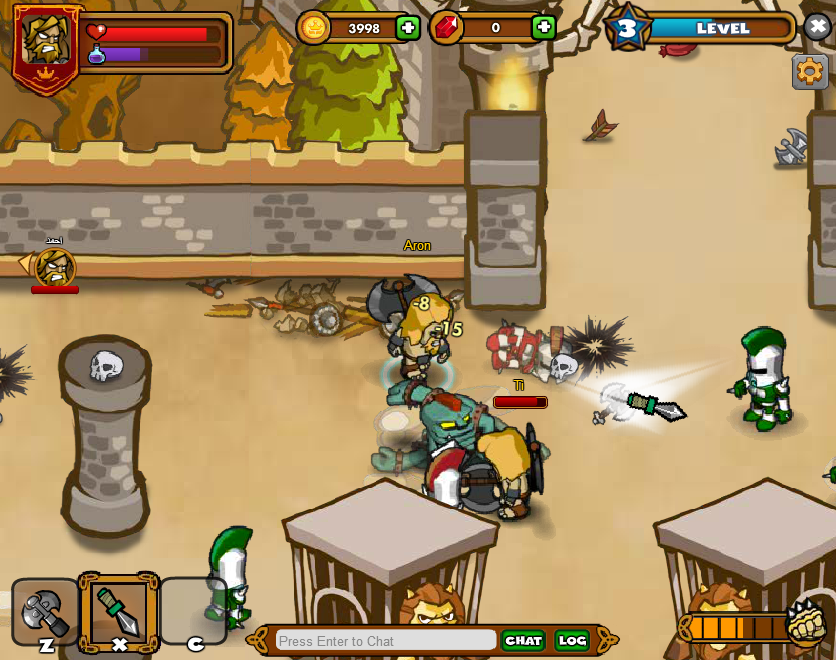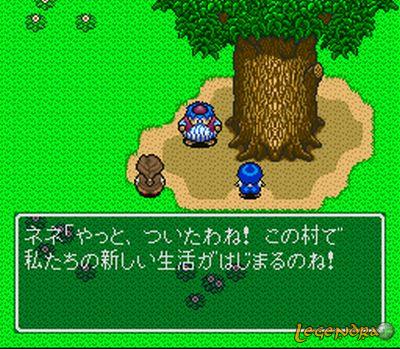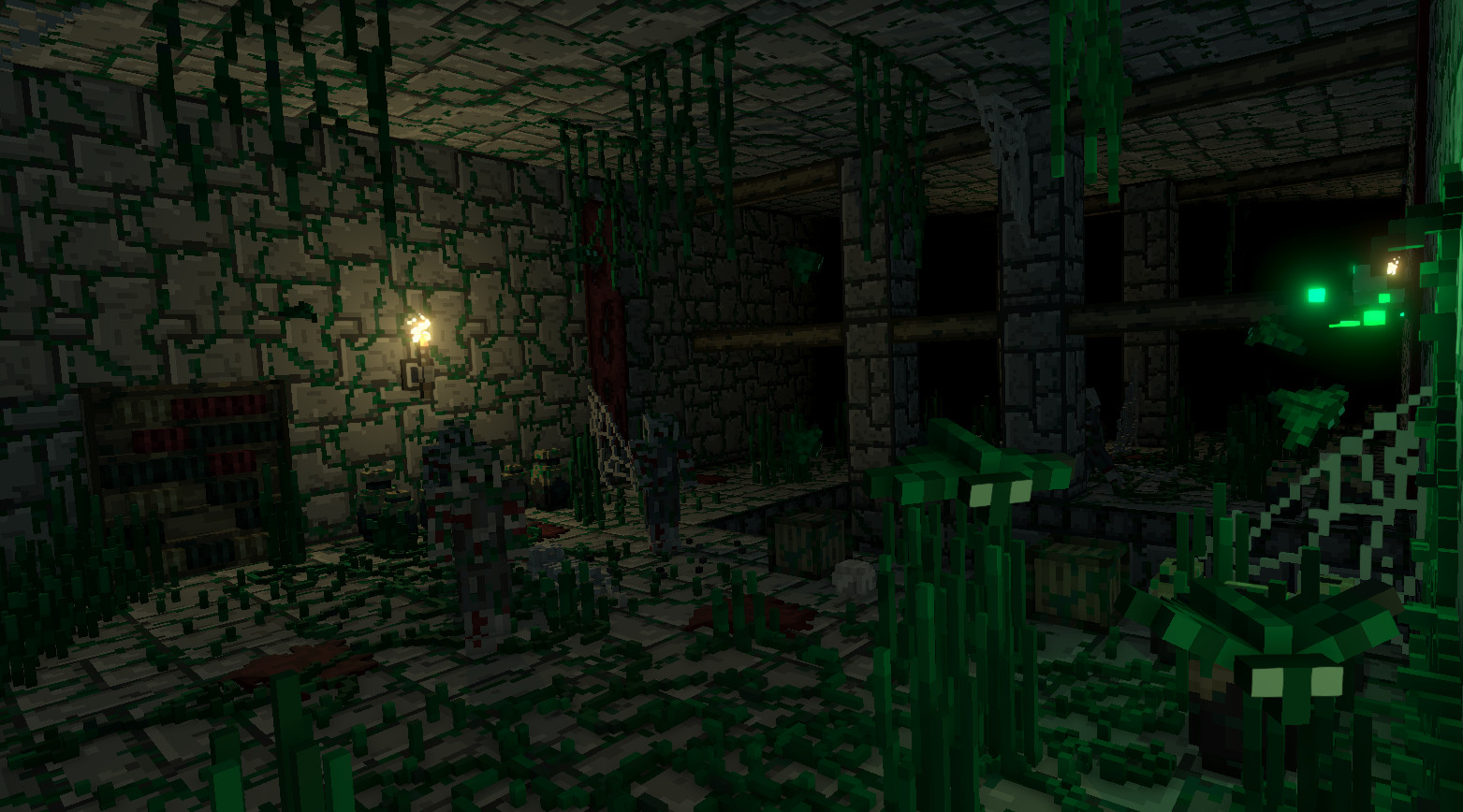


Chief among these are finite-use gems which when used can either re-roll your existing set of dice or utilise a special ability, such as being able to kill a particularly potent foe for example. Thankfully though, if Lady Luck isn’t on your side, there are a number of things that you can do in order to even the score a bit. Sentinel death beams do exactly what they say on the tin. For example, if you have two enemies in front of you and the dice that you’re given have no attack properties, your options can sometimes be frustratingly limited and thus lead to a quick death. Certainly then, like any board game worth its salt The Living Dungeon has plenty of these rules but in actuality it never feels like a chore to learn them and before long, you’ll have the ins and outs of the whole thing memorised with little trouble.ĭue to the fact that the effectiveness of each turn that a player takes is predicated on the quality of dice that they roll, it should come as little surprise that a number of frustrating scenarios can manifest themselves.

Other actions that you can take include a dodge manoeuvre that allows your character to switch places with another unit, regardless if it’s a friend or enemy and a distance-covering leap to name just two of the others on offer. Equally, when your turn is over, if you finish it surrounded by more enemies than you have attack dice, then you can reliably expect to perish in short order. When attacking other units in the single-player campaign for example, each unit takes a single attack dice, while other stronger units, such as the shield-toting Hybrids, take two. Sitting atop the different types of dice is a ruleset that must be keenly observed lest your units end up shunted off the board. When used, these dice allow the player to rotate or flip portions of the map, thus creating bridges and paths were none previously existed or, more hilariously, sending enemy units tumbling into oblivion. Of all the dice types though, the mechanical ones are arguably the most interesting. Rather than merely presenting a numbered die with a numerical value attached to it, players get to roll five dice during every turn with each one containing a particular action which can be carried out such as movement, attack, mechanical or generic (the latter of which can be any one of the first three dice types). One of the more interesting aspects of The Living Dungeon lies in how those dice rolls are actually handled. In essence a take on the classic dice based board games of yore, The Living Dungeon has players locked in combat with one another as they use turn-based strategy tactics and dice rolls to secure a victory. Still, despite the overwhelming sensation that The Living Dungeon feels rushed, there is actually an entertaining if somewhat unambitious effort lurking at its core. Knowing when to use your gems is paramount to success From the uneven cropping of the interface to the lack of resolution options, obtuse menus, rudimentary character model animations and loading transitions it becomes difficult to shake the feeling that The Living Dungeon should have begun life as an Early Access title rather than being thrust onto digital store shelves as a fully complete and polished entity because quite clearly, it is not that by any stretch of the imagination. Specifically, the game is lacking in polish to such magnitude that it is keenly felt throughout its duration. A great idea in principal then, it’s just a shame that the whole package is hobbled by a poor single-player campaign and a real lack of polish.įrom the get-go, the impression that The Living Dungeon yields is not a particularly great one. The Living Dungeon, the first title by British developer RadiationBurn, seeks to channel that sort of accessibility with quick skirmishes and an easy-to-grasp set of gameplay systems. One of the great things about tabletop games such as Seven Wonders and Escape: The Curse of the Temple, is that a session can often be played and completed in half an hour or less lending them extremely well to pick up and play scenarios where time might be of the essence.


 0 kommentar(er)
0 kommentar(er)
